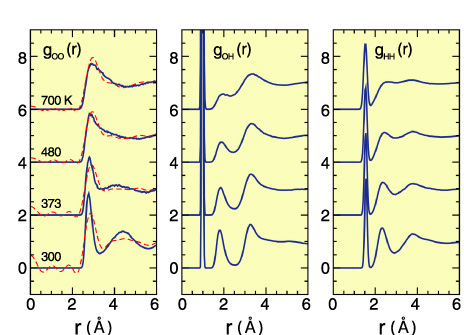Fig.4-2 Apparatus for high temperature and pressure X-ray diffraction experiment

Fig.4-3 Theoretical and experimental radial distribution functions compared
Although liquid water is one of the most abundant materials on earth and one of the most familiar to all of us, the present understanding of liquid water that exhibits various anomalous properties around ambient conditions is still far from satisfactory. A joint research team of the Quantum Beam Science Directorate has successfully reproduced fluid water at multi-extreme conditions of pressures (~1 GPa) and temperature (> 400 °C) corresponding to the Earth’s interior, at a depth ~30 km, by both advanced first-principles molecular dynamics simulations and in situ X-ray diffraction experiments (Fig.4-2). Thus we found that high-temperature water under pressure exhibits a characteristic structure of simple liquids (Fig.4-3), resulting from anomalously fast rotational motions, which turn out to be typically two orders of magnitude faster than in ambient liquid water. The present results will contribute to the understanding of the fundamental role of water in the (de)composition of various materials occurring in the high temperature and high pressure conditions of the Earth’s interior.
Further advancement can be expected to be attainable by realizing neutron diffraction experiments at corresponding extreme conditions, which enables us to observe hydrogens as well. For this purpose, a new beamline is being actively developed in J-PARC.
This research was partially supported by a Grant-in-Aid for Scientific Research on Innovative Areas, “Earth Science Based on High Pressure and Temperature Neutron Experiments” from the Ministry of Education, Culture, Sports, Science and Technology of Japan (MEXT), Grant Nos. 20103004 and 20103005.